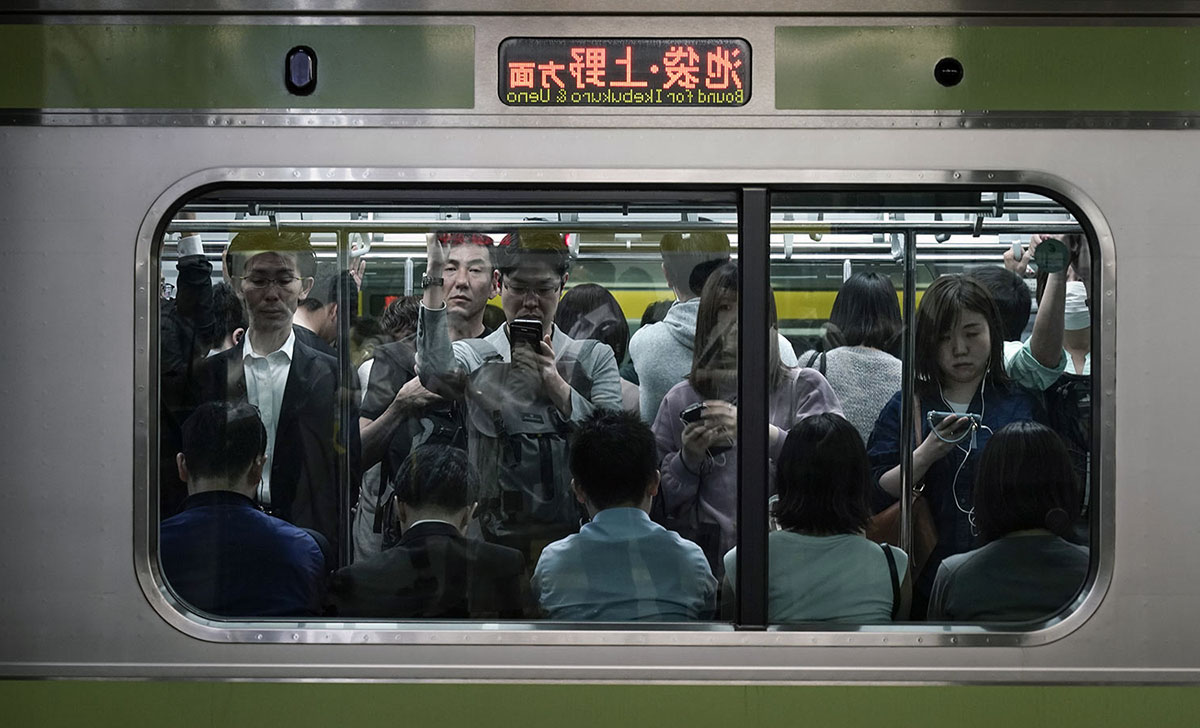The busiest railway stations in Japan are 23 in Japan among the top 25 worldwide.
The other 2 are Paris Nord Train Station in France and the Taipei Station in Taiwan the other two in the
the Top 3 busiest stations in the world are
12,081,050,000 Using Shinjuku station per year
11,031,980,000 use Shibuya Station per year
925,970,000 using Ikebukuro Station per year
Tokyo’s Shinjuku Station
Shinjuku Station host more people than China has, and I’m not kidding. Shinjuku’s many neighborhoods each have their unique charms that draw tourists. Many office employees are rushing to make it to their workplaces on time on Shinjuku’s west side. Tourist attractions like the Tokyo Metropolitan Government Building, the Shinjuku Gyoen National Garden, or a huge department store may also be found. Kabukicho is a popular nightlife district at Shinjuku Station’s East Exit. In the Karaoke rooms, you may sing your heart out with friends or drink with coworkers till the early hours of the morning!
Stations for many major train lines and a bus terminal are located close to each other. Shinjuku Station has again achieved the Guinness World Record for the world’s busiest station.
Once you enter the station, it’s virtually hard to avoid bumping into someone!
You have to be careful not to depart the station by the incorrect exit in Shinjuku.
From 4th to 15th place are
- The Umeda subway station (Osaka)
- Yokohama Station (Kanagawa)
- Kitasenju station (Tokyo)
- Nagoya Station (Aichi)
- Tokyo station (Tokyo)
- Shinawatra Station (Tokyo)
- Takadanobaba station (Tokyo)
- Namba Station (Osaka)
- Shinbashi Station (Tokyo)
- Tennoji Station (Osaka)
- Akihabara station (Tokyo)
- Kyoto Station (Kyoto)
I’m not surprised that Osaka’s Umeda Station is fourth, while Kanagawa’s Yokohama Station, its tourist hotspot, is fifth. But the sixth station, Kitasenju, surprised me.
Kitasenju Station has more passengers than Kyoto, Tokyo Station or Shinagawa Station, and Paris, France, combined!
Kitasenju
Far from the city center, Kitasenju Station is not on the Yamanote Line. Also, the station itself isn’t all that appealing. So, what gives?
This station is a hub for commuters from Tokyo, Chiba Prefecture, Saitama Township, Tochigi Prefecture, the Gunma Prefecture, and commuters from other parts of Japan.
According to a recent poll, more than half of Tokyo’s employees spend more than an hour commuting to work.
The busiest periods at Tokyo’s railway stations are between 7:30 am. and 9:30 am. during rush hour and around the last train at 11:00 pm.
During rush hour, this is how the Yamanote-line Platform looks.
If you’re traveling with little children or a lot of baggage, use extra caution.
Despite the ease of Tokyo’s rail system, meticulous planning is required while using it.
The Yamanote Line’s Trains
The train has a modern, minimalist, and clean aesthetic. Each train has a total of 30 LCDs that show both short films and static photographs.
